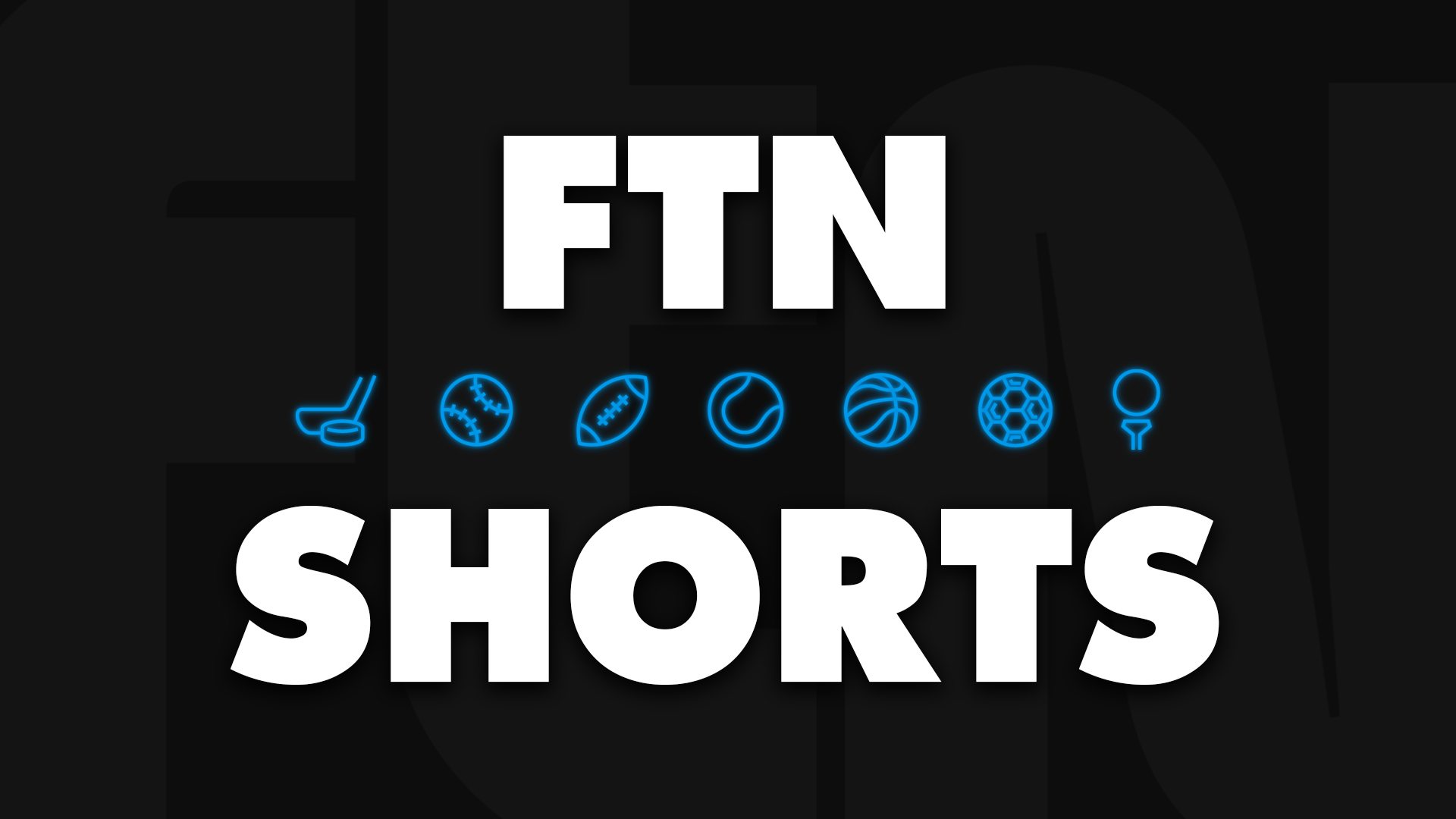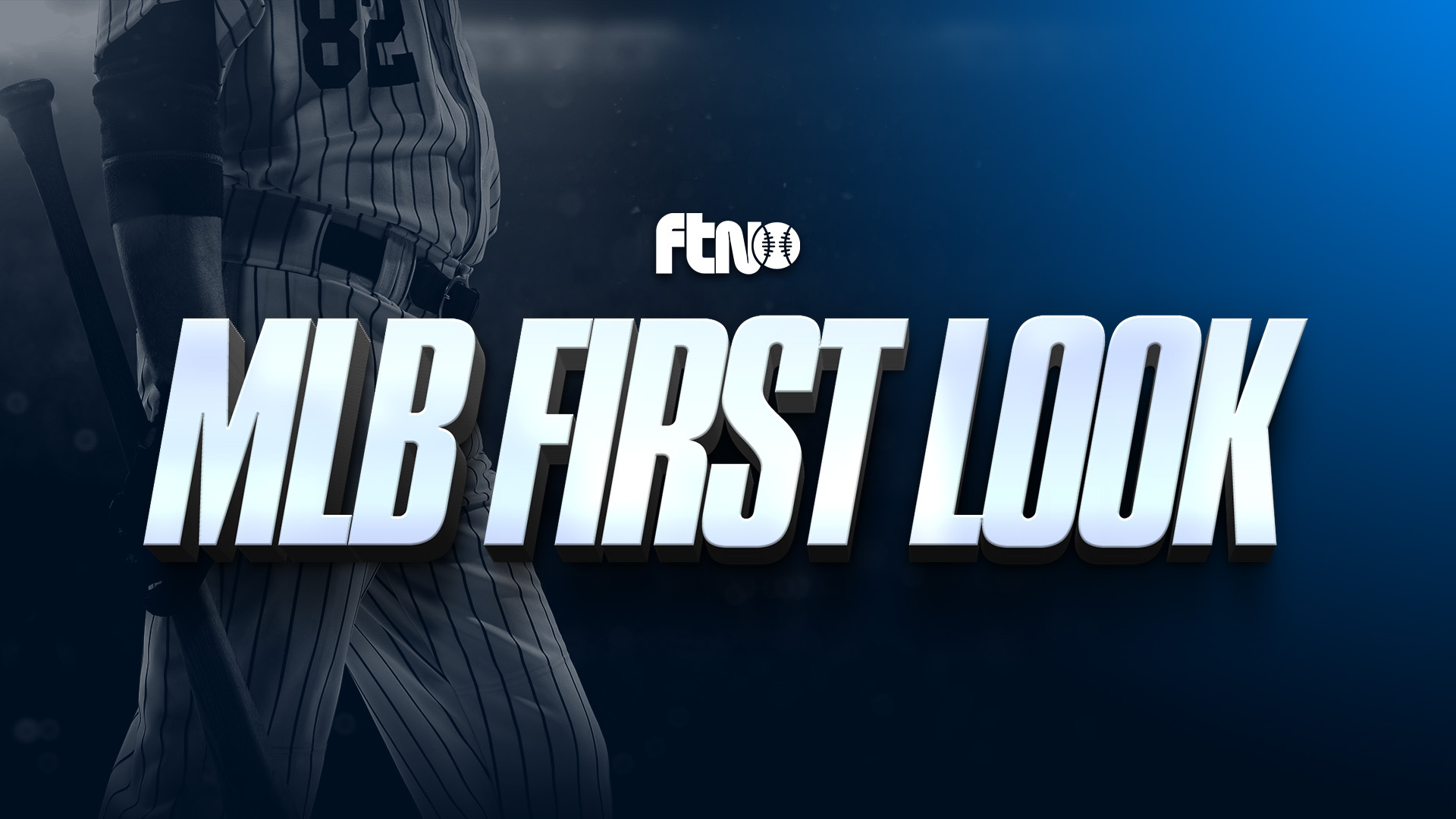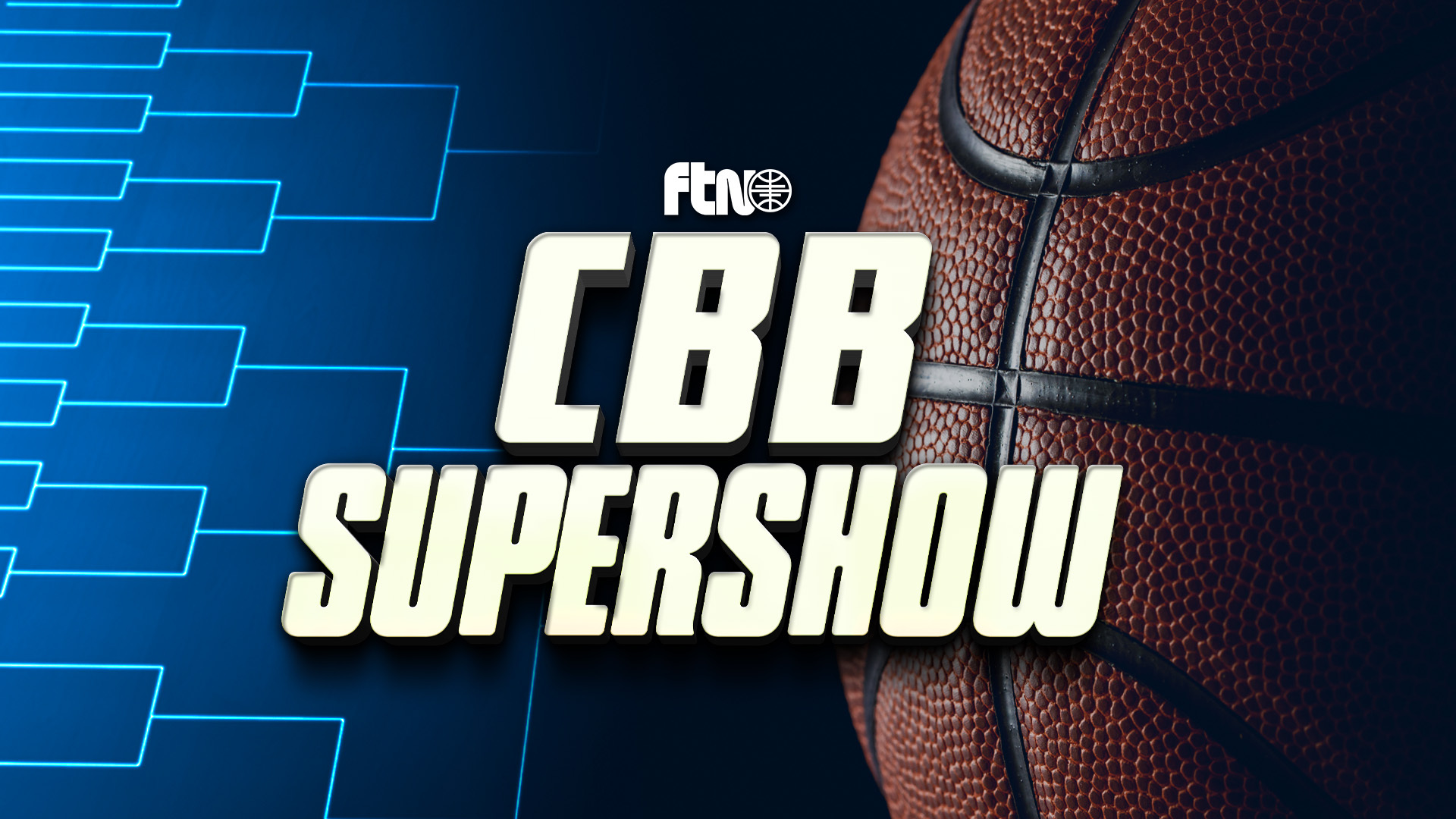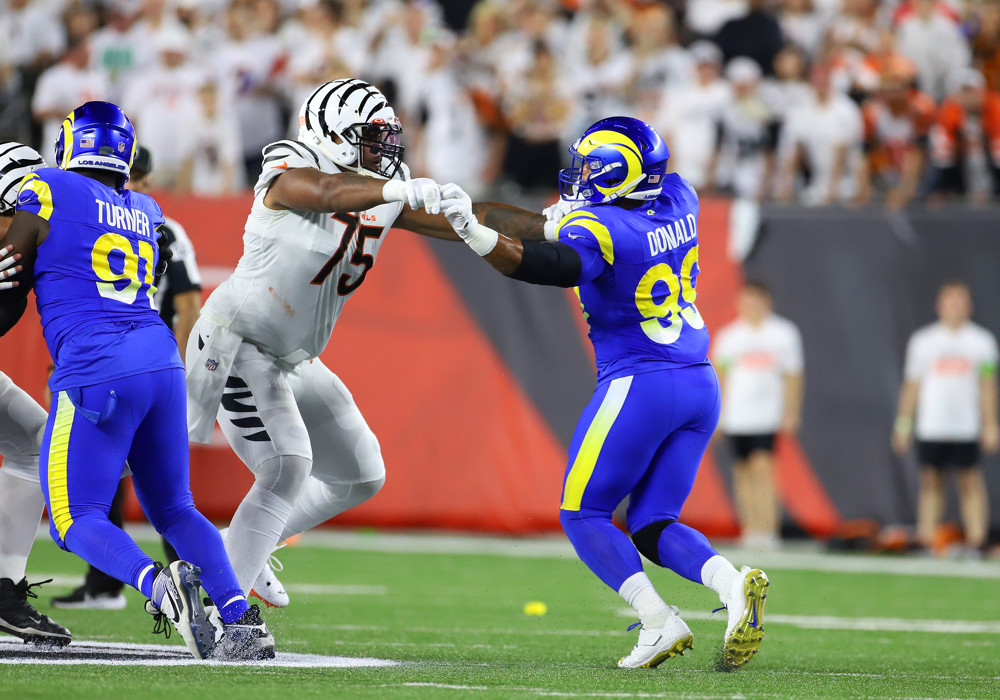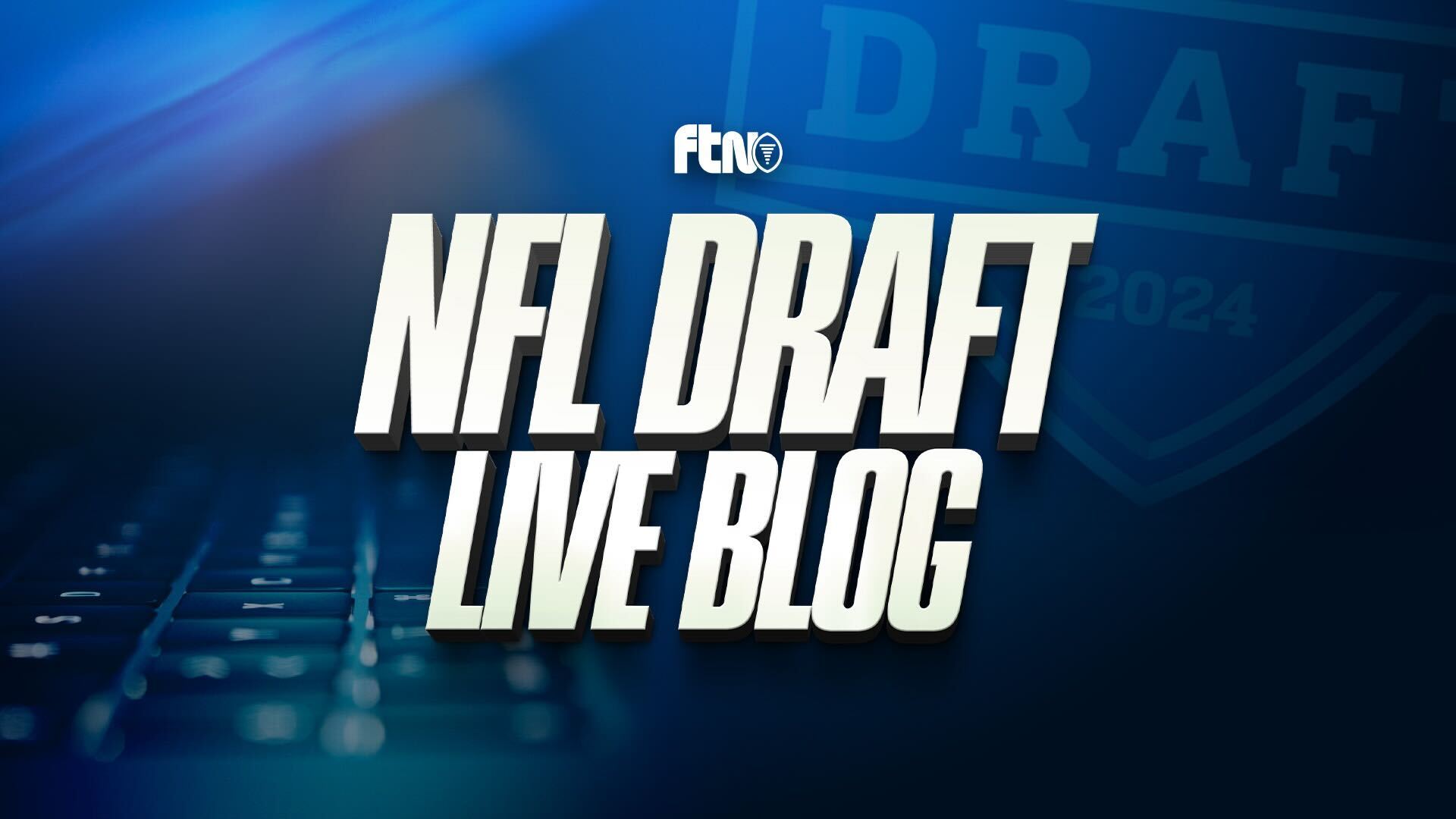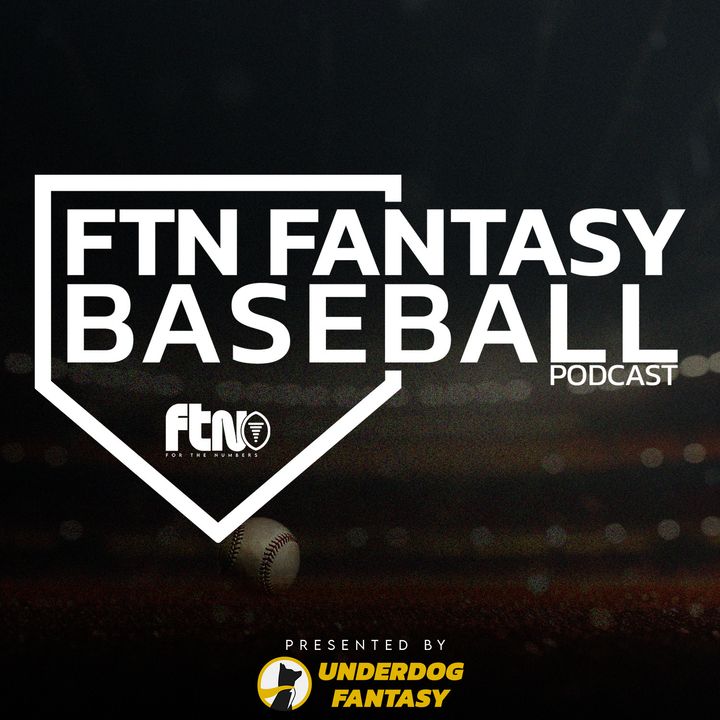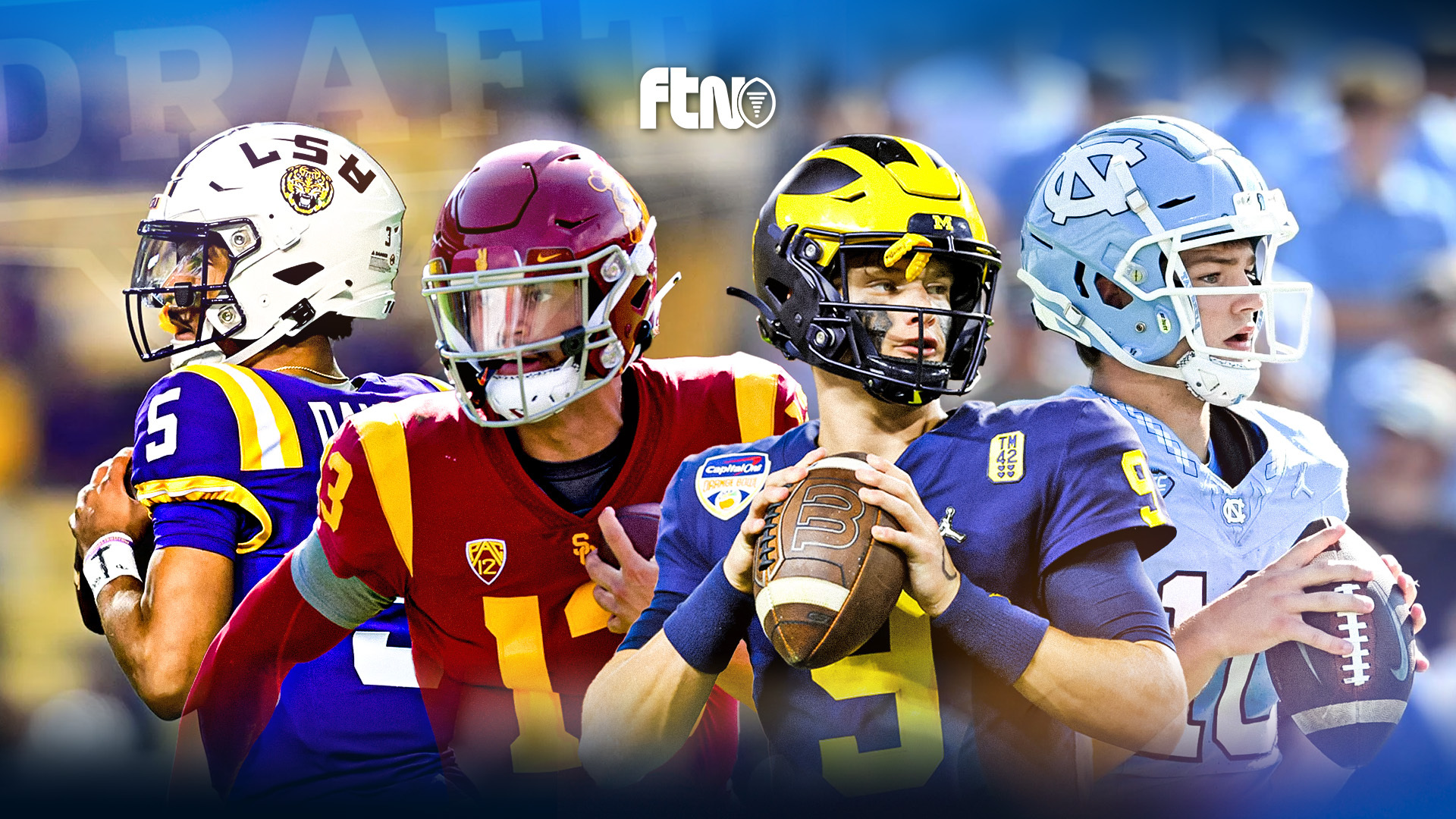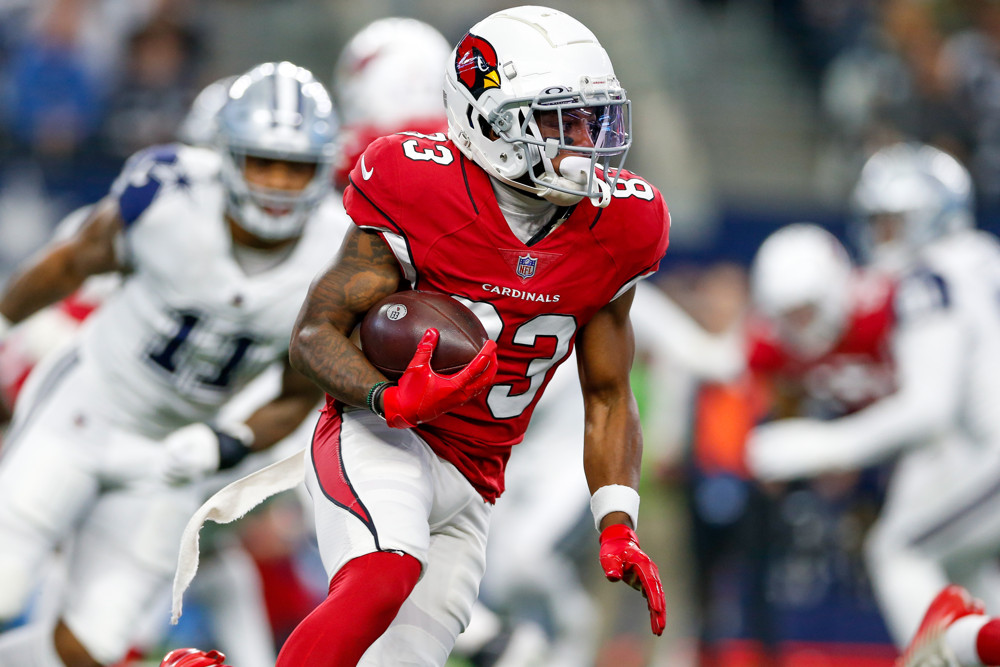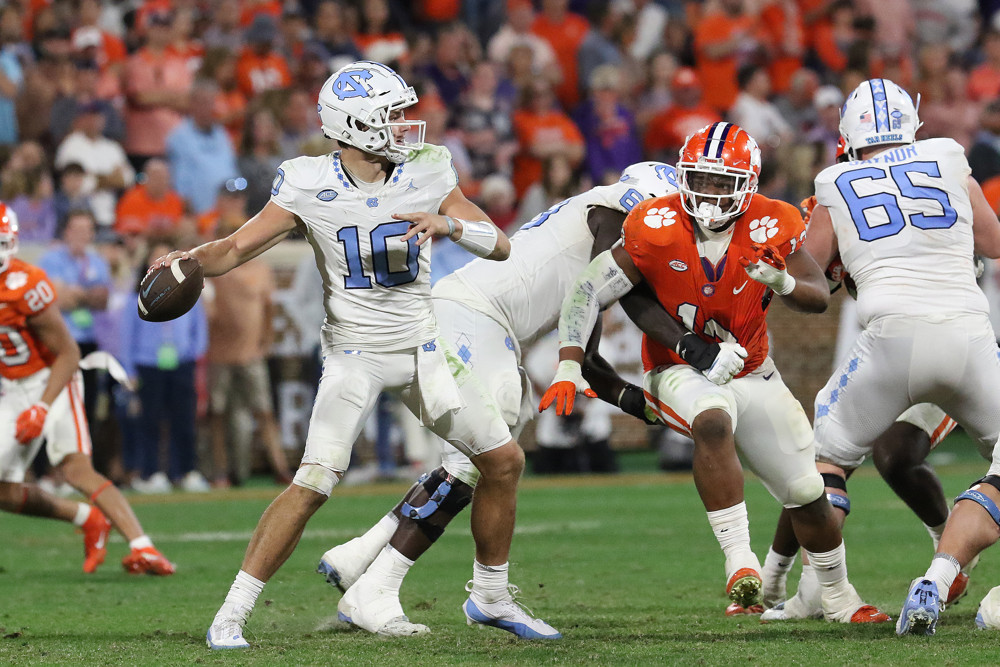
The NFFC Cutline Championship is a unique fantasy football contest, boasting an overall prize of $100,000 with a league entry fee of $175. You won’t have to set your lineup as the automated scoring system will generate the optimal lineup for you, just like any other best ball competition you’re used to. What makes the Cutline different from your average best ball contest is the cutline rounds, the allotted FAAB periods and the management ability to set your lineup after Week 10. All of which will be explained in further detail below. This Cutline primer is curated for beginners and veterans, explaining the ins and outs along with tips and tricks to help give you leverage towards advancing all the way to the final cut, the overall.
Herm Edwards once said, “You play to win the game.” That statement holds true if you’re signing up to play in the NFFC Cutline Championship. You’re competing to win the overall prize ($100,000). Winning the league is a small consolation when compared to the overall as the prize for winning the league is $350. Understanding and knowing the league rules, scoring, FAAB stipulations and lineup requirements is essential to surviving and advancing each round. All of that starts by reading NFFC’s Cutline Championship overview.
Overview
“The NFFC Cutline Championship will consist of multiple leagues each comprised of 10 teams/managers. This is an optimal scoring format, where an owner’s best scoring lineup will be used from Week 1 to Week 10. Owners will not have to choose who to start or bench on their rosters during this time. After week 10 there is no optimal scoring and team owners will set their lineups to compete for prizes in the applicable bracket.” — NFFC
Prizes
The Cutline website has a full breakdown of the prize structure and the playoff format. You can read the full breakdown here.
Scoring
Check the Cutline site for the full scoring breakdown as well.
Starting Lineup Requirements
- 1 Quarterback
- 2 Running Back
- 3 Wide Receivers
- 1 Tight End
- 1 Flex (RB, WR, TE)
- 1 Team Kicker
- 1 TDSP
Lineup Submission
“Leagues have an optimal scoring format for Weeks 1 through 10 where your highest scoring player from each of the 10 starting positions is scored at the end of each week. Then in the Championship Round and Wild Card Tiers of Weeks 11 through 17, all owners must set their starting lineup each week. That is different from the regular season.” — NFFC
Roster Construction
Being able to contend for the overall prize begins with proper roster construction, which occurs during your draft. Understanding the optimal number of players at each position is crucial when it comes to constructing a successful NFFC Cutline team. This means drafting two kickers and two defense/special teams. You’ll need multiple players available at every position due to injuries, bye weeks, COVID-19, etc. After your final FAAB period (Week 10) there are still a lot of weeks remaining in the season. In this format you cannot afford to not accrue points at every position every week. Do not render yourself useless with one kicker, potentially leaving your team with a zero down the stretch, so you’ll need to exit your draft with two kickers. DSTs are a supplemented position as they are always guaranteed to take the field (excluding bye week), but DSTs carry a lot of variance and at times generate more points than you’re anticipating. With the Cutline being best ball, there is an edge to be had when rostering multiple DSTs each week due to their weekly boom/bust potential. You’re increasing your range of outcomes without investing much draft capital at a position.
Loading up on skill players before taking your first QB is my preferred strategy. This means waiting a minimum of six rounds (2 RB, 3 WR, 1 TE,). That means your first QB you should be looking to draft is someone like Lamar Jackson, who currently has an ADP of 64 with a max pick of 83. When referencing ADP data, I’ll be using NFFC’s Cutline ADP over the previous two weeks. On average, Jackson is currently the fifth QB off the board, but if you look at my rankings below you’ll notice I have him ranked third at the position.
Quarterback warrants two roster spots at minimum and three at most. The gap in points per game isn’t as large for quarterbacks when comparing to the skill positions (RB, WR, TE). You’ll need the depth, but don’t want to overspend too much of a premium at the position once you draft your QB1.
Preferred Roster Construction: 3 QB, 7 RB, 9 WR, 3 TE, 2 K, 2 DST
The NFFC Cutline Championship isn’t DFS, but there are still positive correlations and stacks that can benefit you in this format. Stacking a QB along with one of his pass-catchers can put you on the fast track. In redraft leagues you’ll tend to avoid the WR2 or WR3 from a team if you already drafted his WR1 teammate, however, that isn’t the case in the Cutline. Multiple receivers might not be optimal every week, but you could hit a home run each week with one or multiple of them. Correlating receivers with their quarterback as a stack provides a positive correlation and potentially a massive boost if the QB and receiver(s) all go off. The first example that comes to mind this season is Russell Wilson with Courtland Sutton, Jerry Jeudy and Tim Patrick. With Patrick’s draft capital (140) being much less than Sutton (46) and Jeudy (54), you might as well take the shot on the third guy if he’s a talented, capable option while offering the potential for a higher ceiling if an injury were to occur to another Broncos’ pass catcher (knock on wood). This tactic is an easy way to absorb the majority of an offense’s pass attack while obtaining a bit of insurance when it comes to injuries. Some offenses also operate around a tight end, stacking that to your correlation is also a viable strategy. Below are WR/TE tandems I’m interested in stacking for the Cutline:
- Arizona Cardinals: Marquise Brown (43), DeAndre Hopkins (75), Zach Ertz (92), Rondale Moore (117)
- Buffalo Bills: Stefon Diggs (13), Gabriel Davis (50), Jamison Crowder (158)
- Cincinnati Bengals: Ja’Marr Chase (6), Tee Higgins (30), Tyler Boyd (128)
- Denver Broncos: Courtland Sutton (46), Jerry Jeudy (54), Albert Okwuegbunam (134), Tim Patrick (140)
- Detroit Lions: Amon-Ra St. Brown (57), T.J. Hockenson (69), Jameson Williams (165), DJ Chark (166)
- Kansas City Chiefs: Travis Kelce (16), JuJu Smith-Schuster (63), Skyy Moore (110), Marquez Valdes-Scantling (128), Mecole Hardman (145)
- Las Vegas Raiders: Davante Adams (11), Darren Waller (46), Hunter Renfrow (68)
- Los Angeles Rams: Cooper Kupp (3), Allen Robinson (48), Van Jefferson (157)
- Los Angeles Chargers: Keenan Allen (28), Mike Williams (40), Joshua Palmer (152), Gerald Everett (175)
- Miami Dolphins: Tyreek Hill (23), Jaylen Waddle (33), Mike Gesicki (122)
- Minnesota Vikings: Justin Jefferson (3), Adam Thielen (69), Irv Smith (119), K.J. Osborn (167)
- New England Patriots: Hunter Henry (148), Jakobi Meyers (149), DeVante Parker (150), Kendrick Bourne (220), Jonnu Smith (253)
- New Orleans Saints: Michael Thomas (81), Chris Olave (105), Adam Trautman (248), Jarvis Landry (141)
- New York Giants: Kadarius Toney (96), Kenny Golladay (136), Wan’Dale Robinson (240), Sterling Shepard (254)
- New York Jets: Elijah Moore (70), Garrett Wilson (125), Corey Davis (196)
- Philadelphia Eagles: A.J. Brown (31), DeVonta Smith (75), Dallas Goedert (89)
- Pittsburgh Steelers: Diontae Johnson (38), Chase Claypool (108), George Pickens (184)
- San Francisco 49ers: Deebo Samuel (19), George Kittle (55), Brandon Aiyuk (96)
- Seattle Seahawks: DK Metcalf (46), Tyler Lockett (92), Noah Fant (159)
- Tampa Bay Buccaneers: Mike Evans (22), Chris Godwin (59), Russell Gage (74), Cameron Brate (194)
RBBC (Not Handcuffing)
Focusing on the teams with a running back by committee provides the opportunity to own the lion’s share of the team’s backfield. Targeting multiple backs on one team is a way to capitalize a specific team’s usage and depth in this format. Not all committees are equally distributed on the ground, but there are backs that get enough targets to garner themselves part of a “committee.” This isn’t a handcuff scenario where you’re drafting the backup as insurance if an injury were to occur to a workhorse back. I’ll use Dalvin Cook and Alexander Mattison as that example. Mattison is basically useless in the Cutline format if Dalvin Cook is healthy and playing. The same can’t be said for a tandem like Aaron Jones and AJ Dillon, etc. Below are RB tandems I’m interested in stacking for the Cutline.
Such opportunities include:
- Buffalo Bills: Devin Singletary (82), James Cook (102)
- Cleveland Browns: Nick Chubb (24), Kareem Hunt (87)
- Dallas Cowboys: Ezekiel Elliott (43), Tony Pollard (80)
- Denver Broncos: Javonte Williams (17), Melvin Gordon (106)
- Green Bay Packers: Aaron Jones (19), AJ Dillon (66)
- Houston Texans: Dameon Pierce (115), Marlon Mack (178)
- Kansas City Chiefs: Clyde Edwards-Helaire (72), Ronald Jones (123)
- Los Angeles Chargers: Austin Ekeler (5), Isaiah Spiller (118)
- New England Patriots: Damien Harris (82), Rhamondre Stevenson (105)
- New Orleans Saints: Alvin Kamara (25), Mark Ingram (190)
- New York Jets: Breece Hall (37), Michael Carter (127)
- Seattle Seahawks: Ken Walker (74), Rashaad Penny (93)
- San Francisco 49ers: Elijah Mitchell (61), Tyrion Davis-Price (157)
- Tampa Bay Buccaneers: Leonard Fournette (19), Rachaad White (127)
- Washington Commanders: Antonio Gibson (56), J.D. McKissic (150)
If the low man on the depth chart isn’t performing, doesn’t get enough volume or gets hurt, you can simply cut and move on. That is a huge bonus when it comes to this contest as there is a divorce option compared to other best ball leagues that force a season long marriage no matter what.
Free Agent Acquisition Budget
Three times a year in the NFFC Cutline, you can bid on available free agents, with the highest bid landing the player. This provides you the opportunity to cleanse your roster while potentially gaining an edge on your competition as others become lazy or complacent as the season goes on. Believe it or not, some of your competition will lose interest if their team is performing to their liking as the season goes on.
The three FAAB periods will be:
- FAAB 1: Week 2
- FAAB 2: Week 6
- FAAB 3: Week 10
I’m adamant on this next part. Quite possibly the most worthy piece of advice in this entire article (if anything). There is major leverage to be had with only three FAAB periods. To exploit that, you must spend big the first FAAB period. Just be sure you’re confident on the player’s role, volume, ROS projections etc. While doing so you also need to be conscious of your remaining budget along the way. Leaving “x” amount of dollars for the next two FAAB periods is crucial regardless of current or future projected success. Things happen. The second FAAB period is all about balancing roster needs with your low remaining budget. This is obtainable as some managers will have already abandoned their team or forgot there was a FAAB on a random day during the week. The third and final period is where you make every dollar count. It’s important to be honest with your roster’s health at this stage as you need as many capable bodies as possible to accumulate your optimal scoring output. Remember, if you’re hurting, others are likely hurting too. You need to enter Week 11 with a roster filled with health and roles amassing enough volume to keep you in contention towards advancing to the final round.
I’ve had the fortune of finishing in the final round of the NFFC Cutline and NFBC Cutline. There aren’t other season long contests that provide the end of the season sweat like this the NFFC Cutline Championship. If you have any questions about this format feel free to contact me in the FTN Discord or on Twitter @_mattywood_.
Rankings






